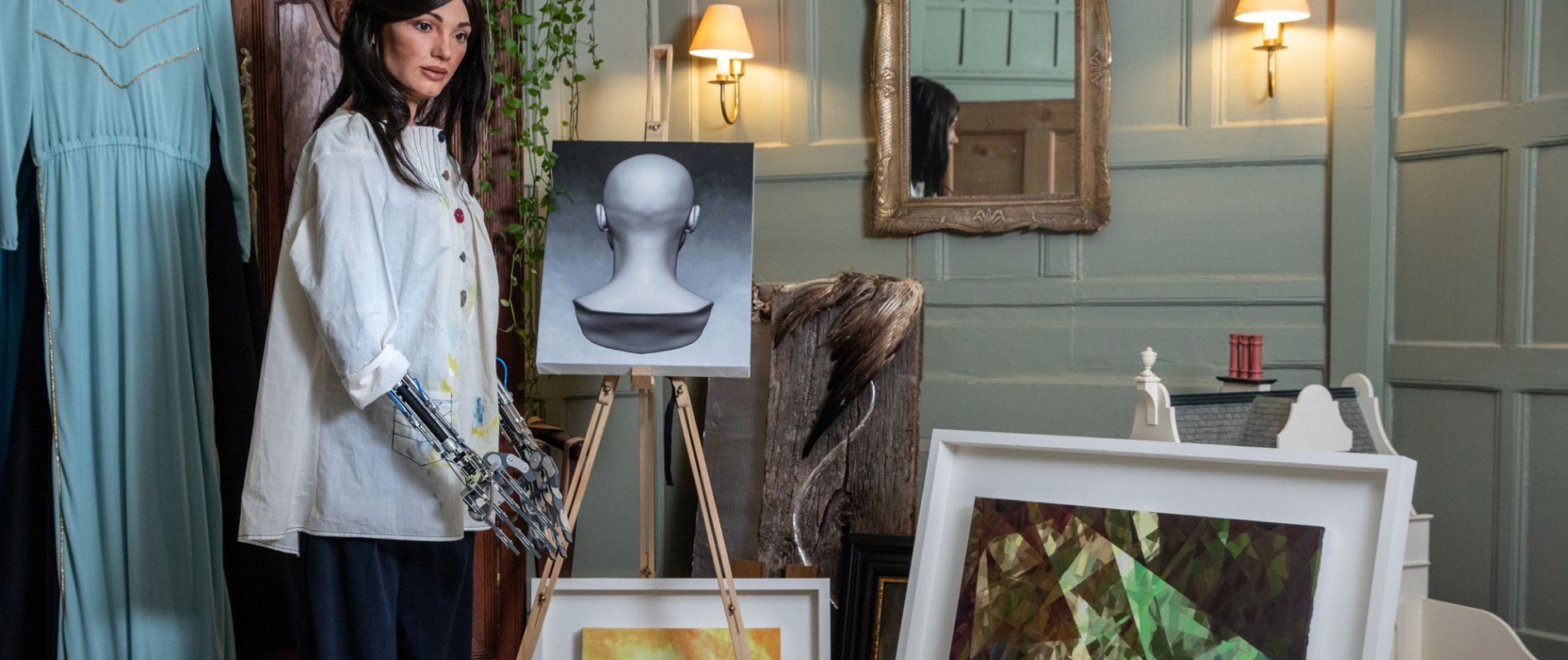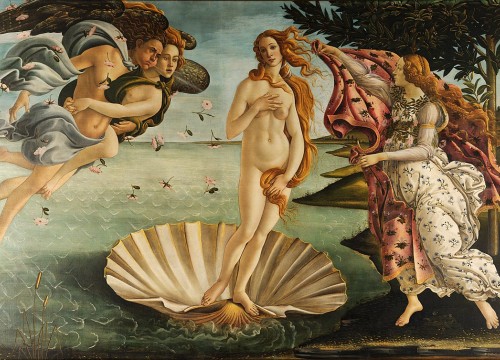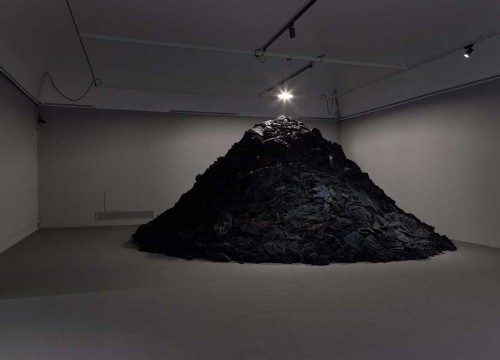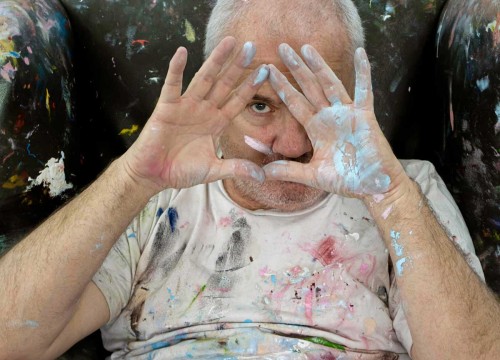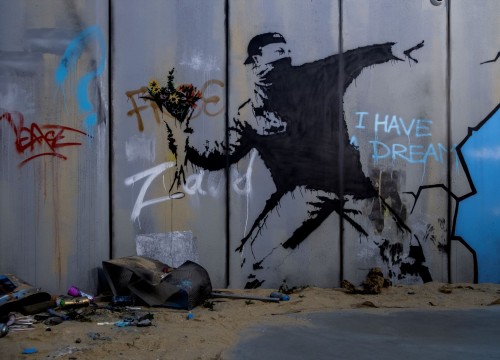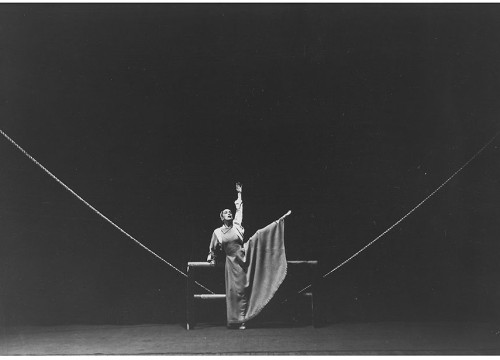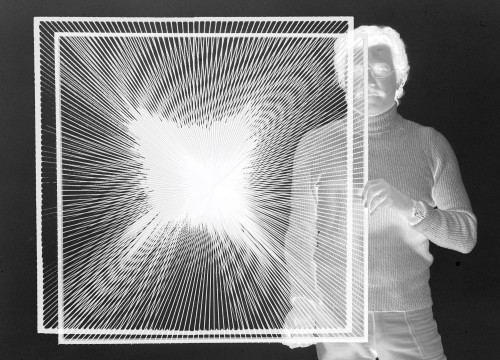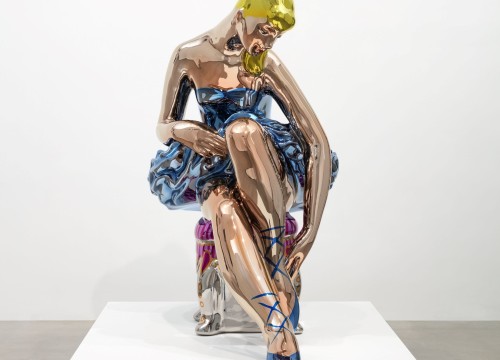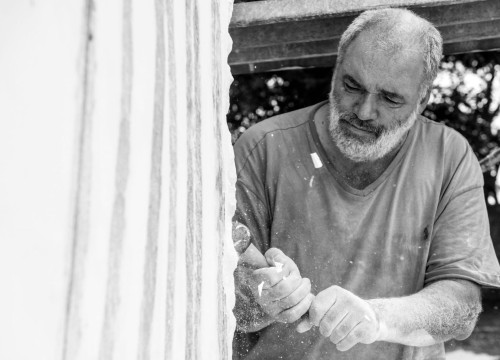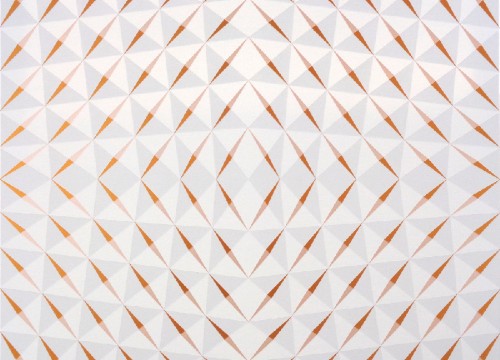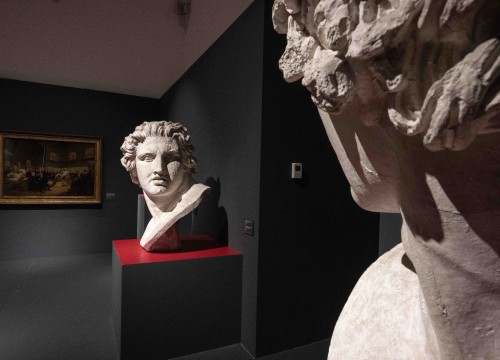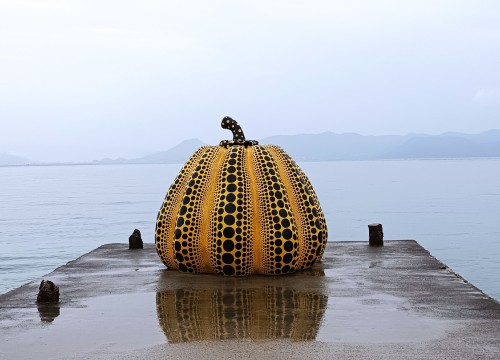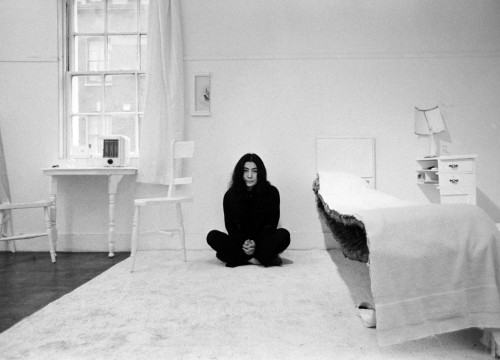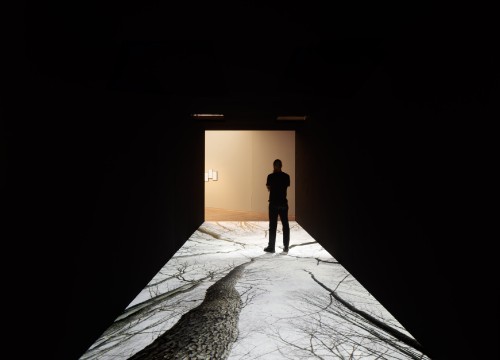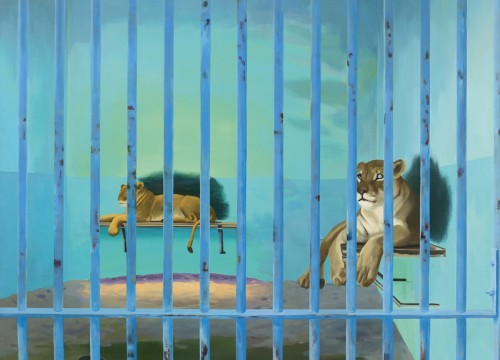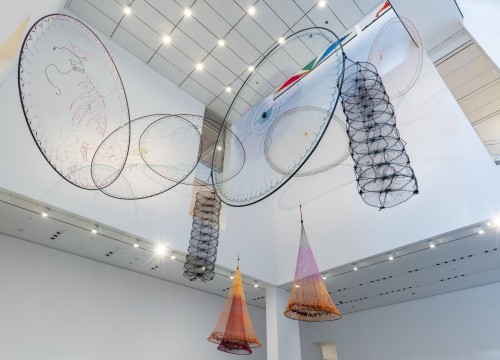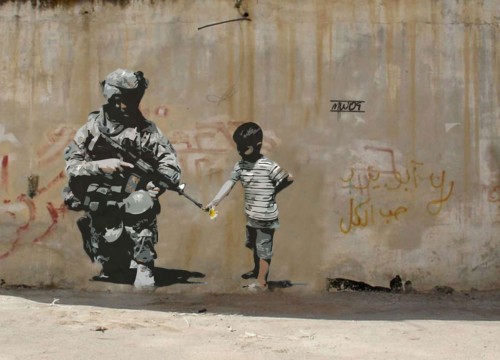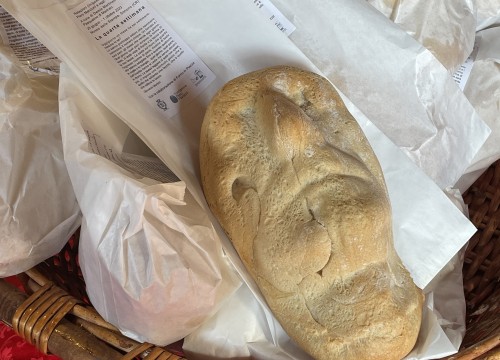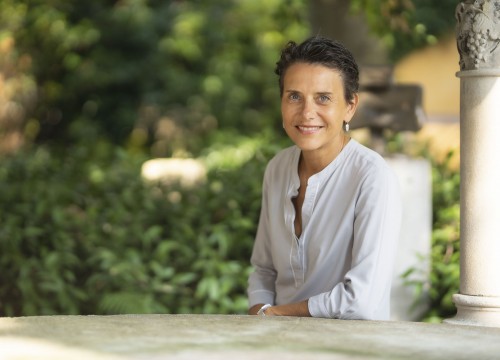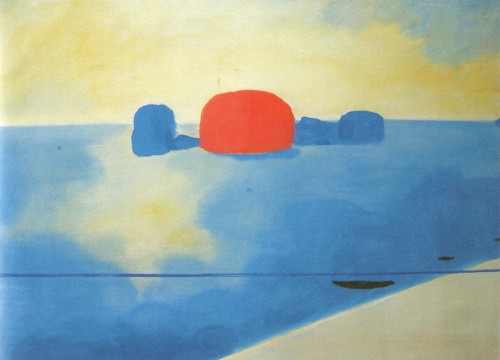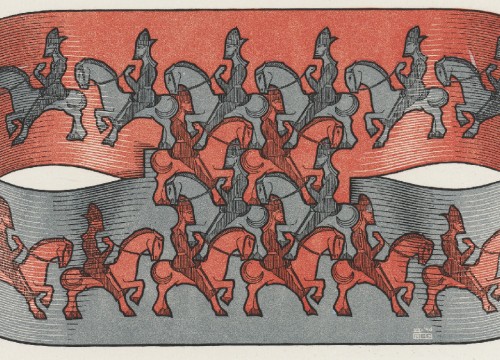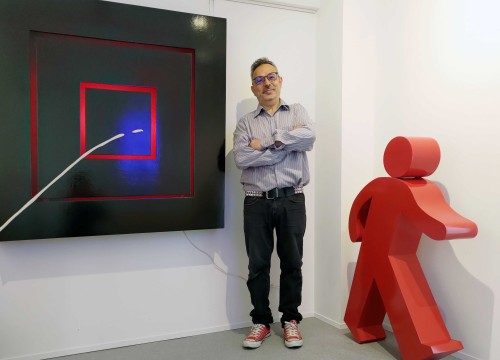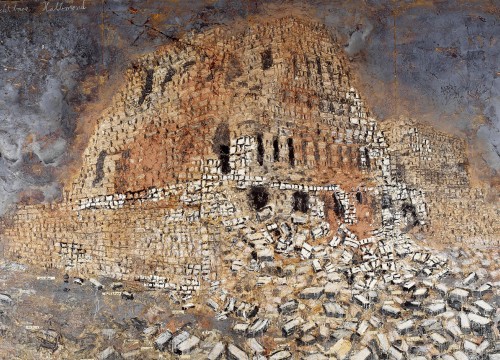Ai-Da: the latest invention of Oxford professors
It is a very cultured robot girl, even capable of faithfully remaking the Tondo Doni
If I say that the new art, the one that will characterize in part the post-virus era, has already begun and you can “enjoy it in a large exhibition at the Design Museum in London, many will accuse me of being a provocateur who, for no reason, sees the role of the artist invaded by that of the robot, who in reality invents nothing, but for the moment, by force of things and design, must start again from man: portraits, figures, landscapes and above all colors reflect the culture of those who created the new artist, an easy-going girl with a French-cut wig and a dry body, far from the Mediterranean diet, only the arms are made of metal, visible, articulated on the system of a tiny crane.
The artist is called Ai-Da, an invention of five Oxford professors, illustrious loins, then, taking into account that a part of his DNA comes from a mother equally noble from the cultural point of view, the nineteenth-century researcher Ada Lovelace, who first dealt with algorithms - a very difficult subject - helping to form a creature capable of having an artificial intelligence that allows it to think, to have reactions and human culture, according to what her “parents” have instilled in her mysterious self always thanks to a number of algorithms that make her almost human with a considerable wealth of knowledge. Whoever goes to visit the exhibition of this first Gentileschi of our time this August will realize that Ai-Da innovates nothing, it takes from what it learns and, for now, is unable to launch an “Aidese” current, but its works are not bad: just overshadowed by certain bewilderment, of a sort of research in both color and composition.
The desire to go further. But perhaps that algorithm is still missing. It’s not enough: the soul is missing in her portraits with an absolute emptiness in their generally brown eyes. I had the good fortune to look at her self-portrait, shortly after observing a work by Xavier Bueno, Bambina con bambola: the face of the little girl she could see, she had a thought, the doll did not, she was blind and mute. One was capable of expressing concepts, sensations, the other was not. But even this gap will soon be overcome; it is only a matter of algorithms.
I hope that they will not make of her the makers of monuments of different materials and expressive obscurity, that for decades our artists have elaborated and sold to the various Italian mayors, maybe short of means, but always able to find them to buy two rough stones, placed one on top of the other with a deeply intellectual name, or a pile of longarine welded together to form a sort of a kind of icy flower.
It would be appropriate for artists to be artists: the Moores and the Pomodoro have already given, and even they - although masters - are now unobserved in the squares of the world, often evicted by the Chinese, whose examples of land art are appearing in Wuhan. Uniquique suum: to us the Cornavirus, to them the mountains of excrement. At least we had put them in a box and we are still thinking, every now and then, about the true meaning of the work of the now almost forgotten shit in a box by Manzoni.
In short, it is still early to read the future, but the signs are Ai-Da, and the Tondo Doni reproduced exactly by a robot and purchased immediately by a collector. Could this be the year of the machines that have not suffered trauma from Covid-19?

